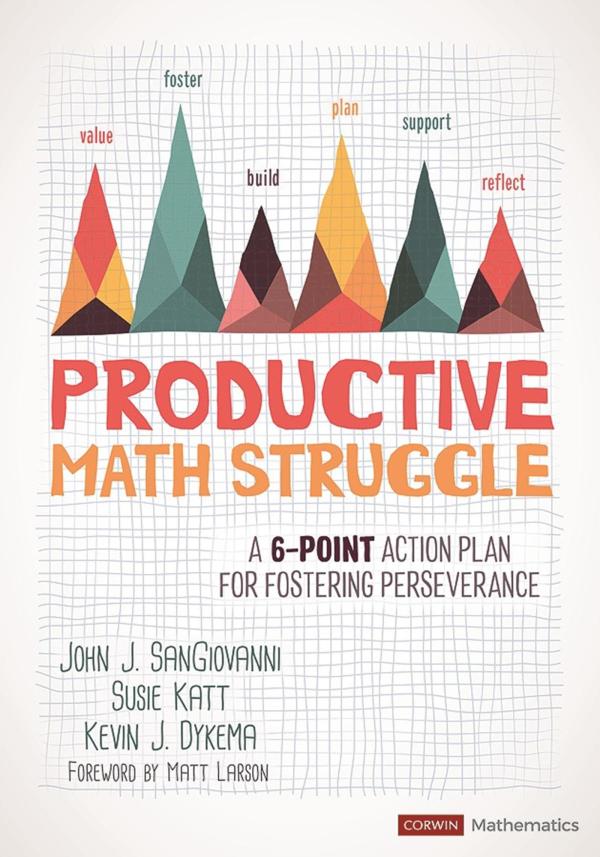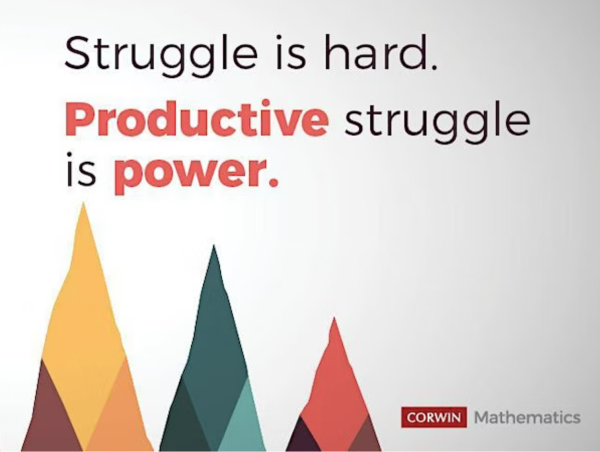

Think. Thinq. Think.
How do we get students to think? How do we get students to Thinq?
No, these are not typos. According to the Oxford dictionary, think means “direct one's mind toward someone or something; use one's mind actively to form connected ideas”. Isn’t this what we want our students to do, to use their minds (and the knowledge therein) to actively form connected ideas? But what is spelled out in your course syllabi? Usually, a syllabus will list all the chapters of information and readings that need to be done to “learn” the material for that subject. Many of us teach content-heavy classes, and we focus on getting students to know the information, with the hope that on an assignment or test, they will synthesize that information and apply it. We hope they will think. And we can feel defeated when they don’t.
It is so hard to remember not knowing all that we know. As a course progresses and builds on previous knowledge, it is hard early in the semester to remember that most of the students have not been exposed to much of the information and concepts yet. All that information that we have swirling in our brains. We have been making connections between these topics for years. That is why we can teach because we understand what is important and what is not important. But students don’t have this knowledge or experience yet. And my struggle is with how we get them there. How do we balance the information component with the understanding and thinking component?
We do have an advantage over previous educators, and that is the internet. Information is just a Google search away. Students can look up all kinds of facts and answer our test questions if they are purely based on content. And unless you have an in-person exam, students are likely looking up information as they take online tests and quizzes or complete assignments at home. This is smart. Why memorize something you can look up?
So now as educators, we need to go one step further and challenge the students to apply the information they can find. This is where students struggle. Especially in the sciences, students have been conditioned to figure out the right answer, usually based on facts. Students get frustrated when they cannot look up the right answer (it’s not in their notes, textbook, or even on the internet). Students accuse us of trying to trick them when, in fact, we are trying to make them think.
Thinking is a skill. Applying information is a skill. This skill is needed now more than ever because people have access to information. The question is what to do with this information.
Thinking, some might call it critical thinking, requires practice, and there are studies showing that this is a skill that can be learned. So how do we teach this skill?
This is where Thinqing comes in. I am defining Thinqing, for this specific blog, as the ability to reflect, analyze, grow your understanding, and give yourself time to think and connect ideas. This definition was inspired by my interactions with ThinqStudio. ThinqStudio has provided me with time to think about my teaching. ThinqStudio has provided me with other faculty to discuss ideas and work through my struggles with teaching. ThinqStudio has provided me with the support, through encouragement, to challenge myself and try something new in the classroom. Through ThinqStudio I have been given permission (and time) to reflect, analyze and grow my understanding of challenges in the classroom. Through ThinqStudio, I have been encouraged to give myself time to think and connect ideas.
Why do our students need to Thinq (vs. just think)?
We need to provide our students with the same time and support and encouragement to Thinq. Students need to gain confidence that they can do hard things, that they can take content and apply it. Students, like many of us, need permission and encouragement to take the time (make the time) to think and connect ideas.
This type of learning is more than memorizing facts and relaying those facts on an exam or assignment. I am sure many people would agree with this, but how do we do it? How do we provide students with the training and time to Thinq? This is where I struggle. I struggle to find a balance between all the information I want a student to know and providing the practice students need to learn to Thinq. And I am not confident that I know how to teach someone to think, to connect concepts, to apply knowledge.
INVITATION: I have been Thinqing about some strategies that I want to try in my courses. If this topic interests you or if you have experience, positive or negative, with getting your students to Thinq, I invite you to join me in January 2023 for an informal get-together; a time to share ideas, learn from each other, and allow ourselves to Thinq.
